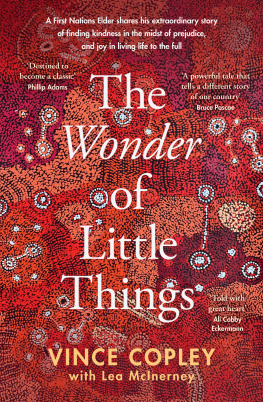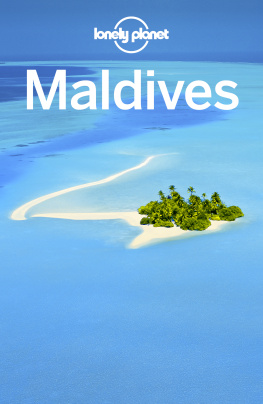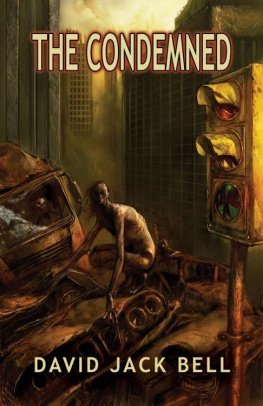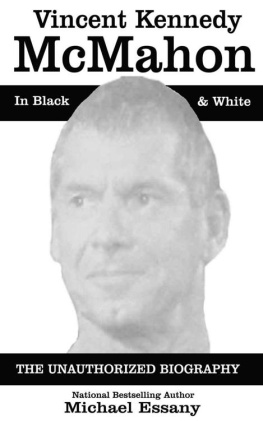ADVENTURES IN THE ANTHROPOCENE


2014, Text by Gaia Vince
2014, Cover photograph by Nick Pattinson
All rights reserved. Except for brief quotations in critical articles or reviews, no part of this book may be reproduced in any manner without prior written permission from the publisher: Milkweed Editions, 1011 Washington Avenue South, Suite 300, Minneapolis, Minnesota 55415. (800) 520-6455
www.milkweed.org
Published 2014 by Milkweed Editions
Printed in the United States of America
All photographs by Nick Tucker
Map by Jane Randfield
Geological timescale by Francisco Izzo / Nautilus
14 15 16 17 18 5 4 3 2 1
First Edition
Milkweed Editions, an independent nonprofit publisher, gratefully acknowledges sustaining support from the Bush Foundation; the Patrick and Aimee Butler Foundation; the Driscoll Foundation; the Jerome Foundation; the Lindquist & Vennum Foundation; the McKnight Foundation; the National Endowment for the Arts; the Target Foundation; and other generous contributions from foundations, corporations, and individuals. Also, this activity is made possible by the voters of Minnesota through a Minnesota State Arts Board Operating Support grant, thanks to a legislative appropriation from the arts and cultural heritage fund, and a grant from the Wells Fargo Foundation Minnesota. For a full listing of Milkweed Editions supporters, please visit www.milkweed.org.

Library of Congress Cataloging-in-Publication Data
Vince, Gaia.
Adventures in the anthropocene : a journey to the heart of the planet we made / Gaia Vince.pages cm.
Includes bibliographical references and index.
ISBN 978-1-57131-357-7 (alk. paper) ISBN 978-1-57131-928-9 (ebook)
1. Global environmental change. 2. Global environmental changeSocial aspects. I. Title.
GE149.V56 2014
577.27dc23
Milkweed Editions is committed to ecological stewardship. We strive to align our book production practices with this principle, and to reduce the impact of our operations in the environment. We are a member of the Green Press Initiative, a nonprofit coalition of publishers, manufacturers, and authors working to protect the worlds endangered forests and conserve natural resources.
For Nick
CONTENTS
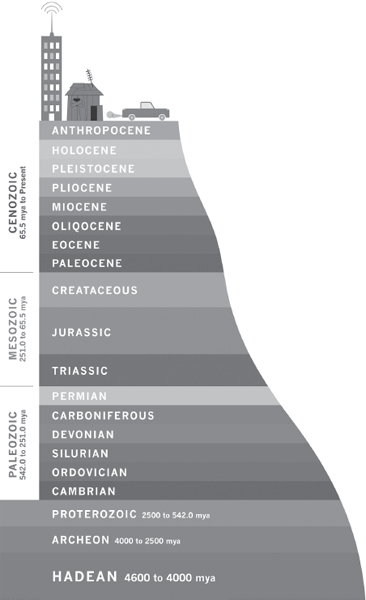



ADVENTURES IN THE ANTHROPOCENE
F our and a half billion years ago, out of the dirty halo of cosmic dust left over from the creation of our sun, a spinning clump of minerals coalesced. Earth was born, the third rock from the sun. Soon after, a big rock crashed into our planet, shaving a huge chunk off, forming the moon and knocking our world on to a tilted axis. The tilt gave us seasons and currents and the moon brought ocean tides. These helped provide the conditions for life, which first emerged some 4 billion years ago. Over the next 3.5 billion years, the planet swung in and out of extreme glaciations. When the last of these ended, there was an explosion of complex multicellular life forms.
The rest is history, tattooed into the planets skin in three-dimensional fossil portraits of fantastical creatures, such as long-necked dinosaurs and lizard birds, huge insects and alien fish. The emergence of life on Earth fundamentally changed the physics of the planet.breakdown of rocks with their roots, helping erode channels down which rainfall coursed, creating rivers. Photosynthesis transformed the chemistry of the atmosphere and oceans, imbued the Earth system with chemical energy, and altered the global climate. Animals ate the plants, modifying again the Earths chemistry.
In return, the physical planet dictated the biology of Earth. Life evolves in response to geological, physical and chemical conditions. In the past 500 million years, there have been five mass extinctions triggered by supervolcanic eruptions, asteroid impacts and other enormous planetary events that dramatically altered the climate.
And us? Anatomically modern humans didnt arrive until nearly 200,000 years ago and it was touch and go whether we would survive. But something pulled us through, the something that differentiated us from the other species in this shared biosphere and made us so successful that we now rule our world: the human brain. Were more intelligent and use tools better than the other animals. And humans can make and control fire. Ever since the first human lit the first spark, our destiny as the most powerful species was assured. Having this external source of energy, which we could move wherever we chose, gave us power over the landscape, protection from other animals, allowed us to cook our food, keep warm and, ultimately, take over the world.
For thousands of years, humans shared the planet with Neanderthals and our other cousin species. A supervolcanic eruption at Toba in Indonesia 74,000 years ago nearly wiped us all out the human population shrank to a few thousand. But, by 35,000 years ago, truly modern humans, indistinguishable from people alive today and littering caves and rocks with signs of their culture, had emerged and migrated out of Africa. Thus began the heroic ascent of man.
In the Stone Age, our impact as a species on the planet was limited to some extinctions particularly of large mammals and some local landscape changes, such as the burning of forests. Technologies were primitive and minimal, and were fashioned entirely from renewable materials. Over the following centuries, our impact grew. Farming was invented around 10,000 years ago (about 300 generations ago; world population: 1 million), transforming some regional landscapes as human-bred plant varieties replaced wild flora. Around 5,500 years ago (world population: 5 million), cities were built and the first great civilisations emerged. The Industrial Revolution in Europe and North America, which replaced the labour of humans and beasts with machines, started having a measurably global impact about 150 years ago (world population: 1 billion), as large volumes of carbon dioxide from fossil fuels were released into the atmosphere.
Nothing, however, compares to the scale and speed of our planetary impact since World War Two, driven by population expansion, globalisation, mass production, technological and communications revolutions, improved farming methods and medical advances. Known as the Great Acceleration, this rapid increase in human activity can be seen across a vast range of things, from the number of cars to water use. It took 50,000 years for humans to reach a population of 1 billion, but just the last ten years to add the latest billion.
This rapid transformation spurred social and economic development a century ago, life expectancy in Europe was less than fifty years, now its around eighty years. But the Great Acceleration has been a filthy undertaking. Pea-souper smogs shrouded cities like London killing thousands, acid rain poisoned rivers, lakes and soils, eroding buildings and monuments, refrigerant chemicals ate away at the protective ozone layer, and carbon dioxide emissions changed in the global climate and acidified the oceans. Our voracious plundering of the natural world has led to massive deforestation, a surge in extinctions and destroyed ecosystems. It has produced a deluge of waste that will take centuries to degrade. In a single lifetime weve become a phenomenal global force and there is no sign of a slowdown in fact, our extraordinary impact on the planet is only increasing.
Next page


